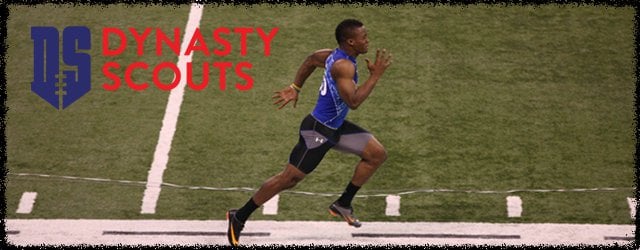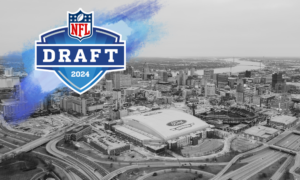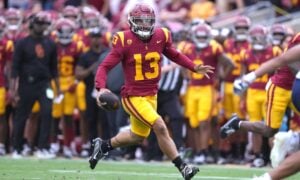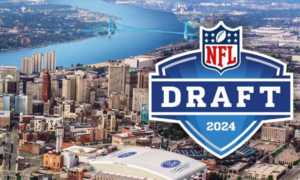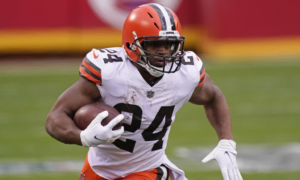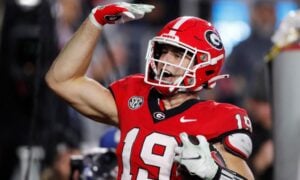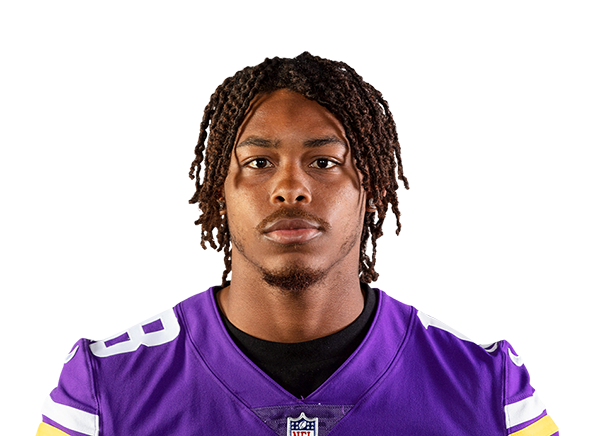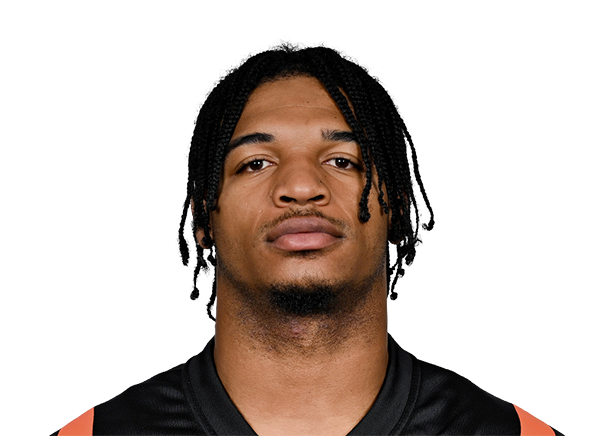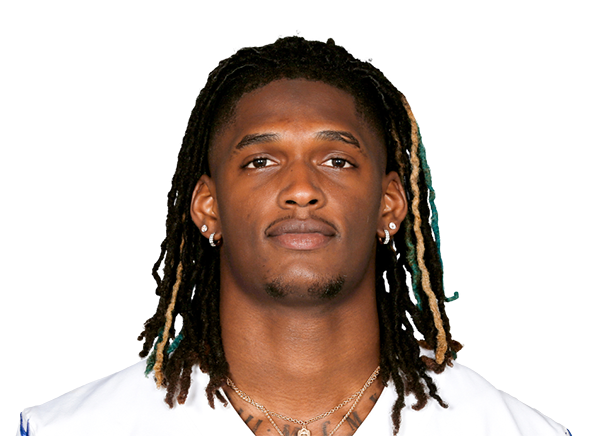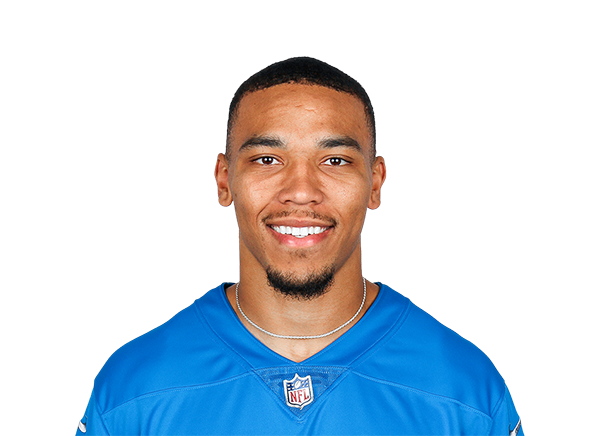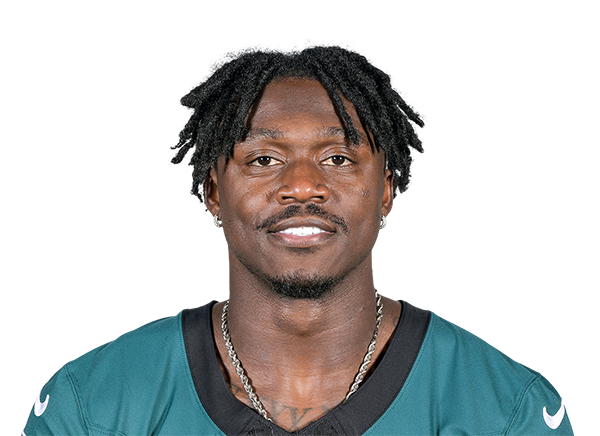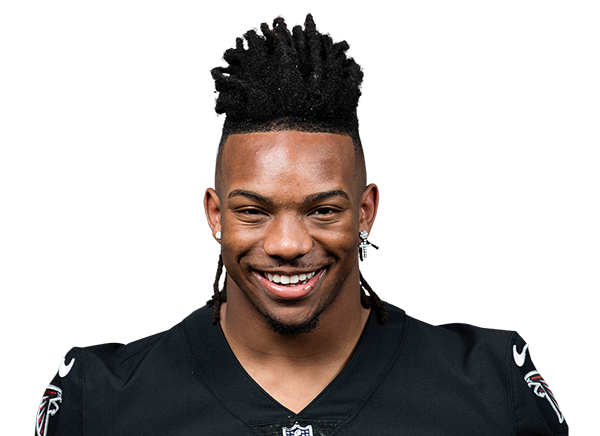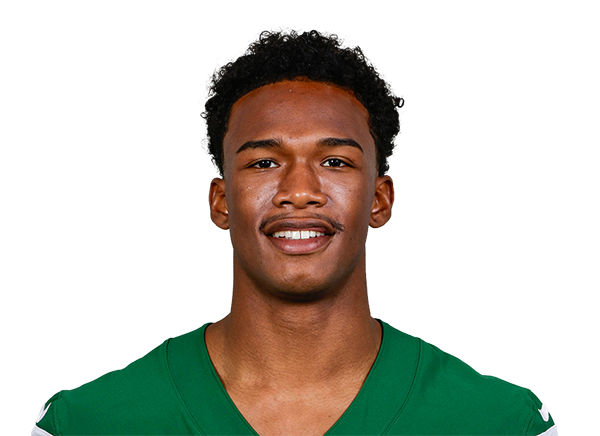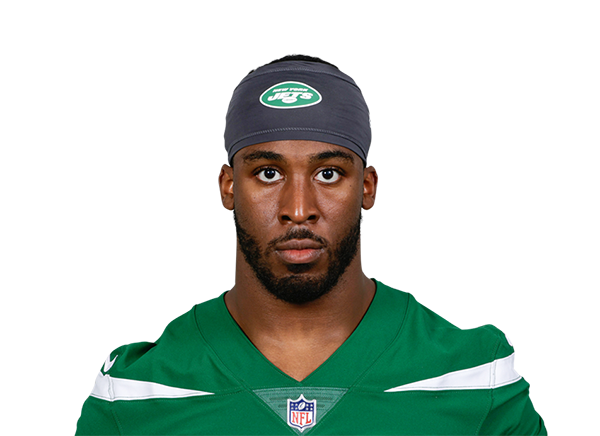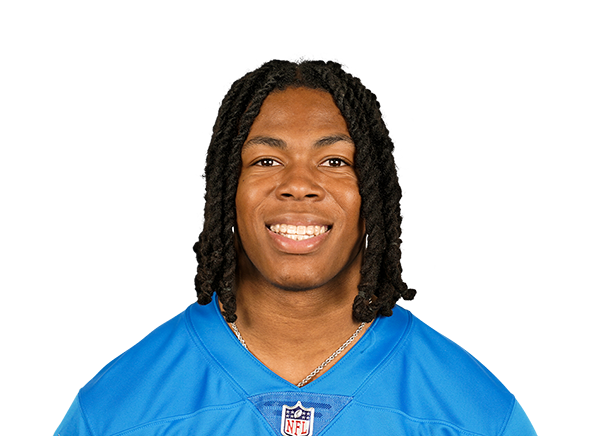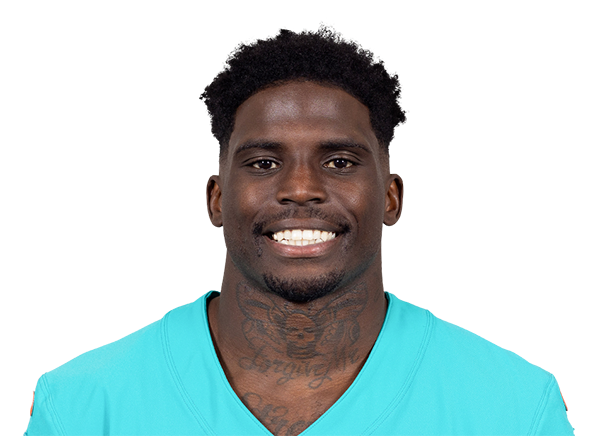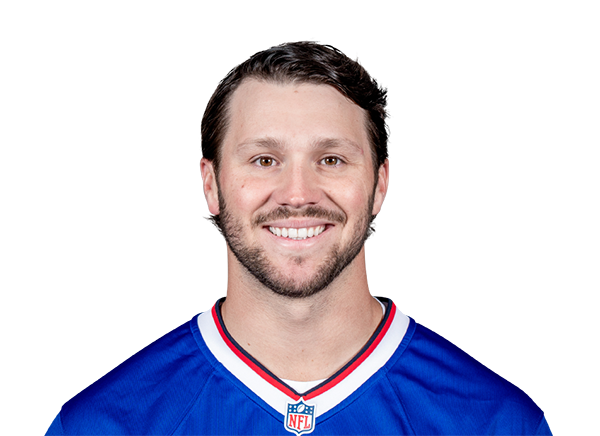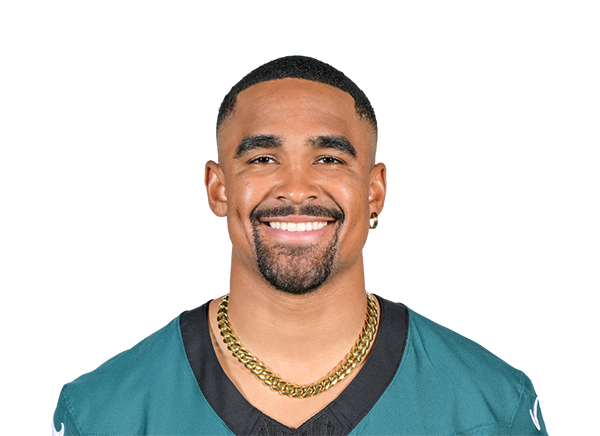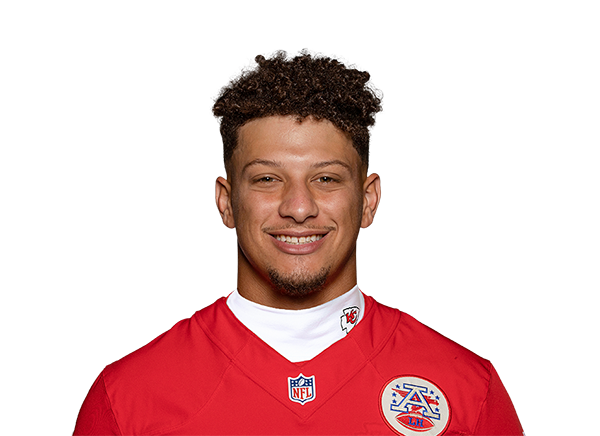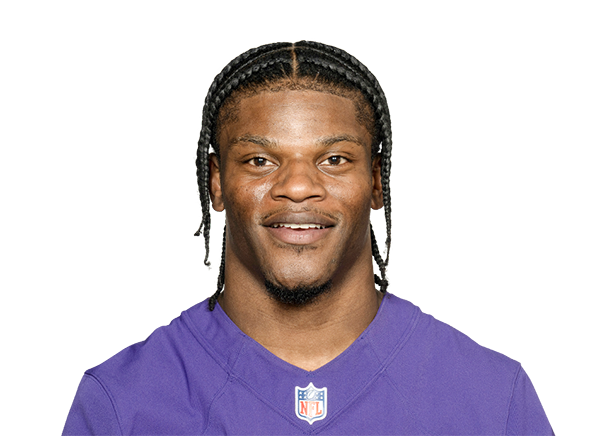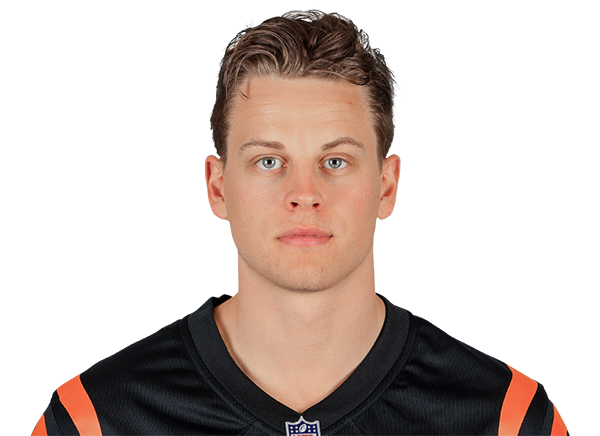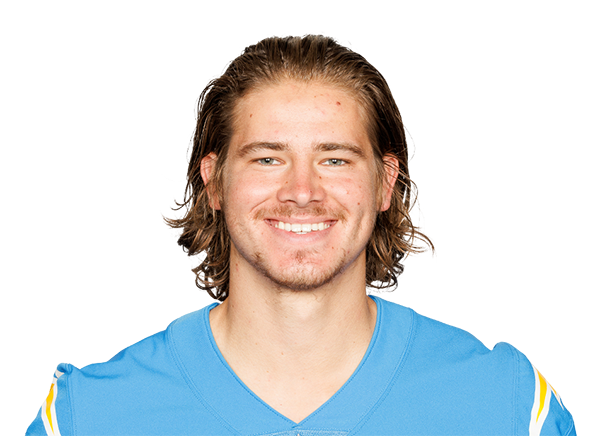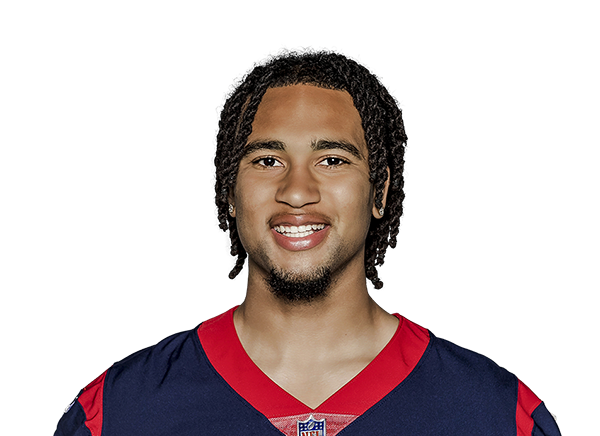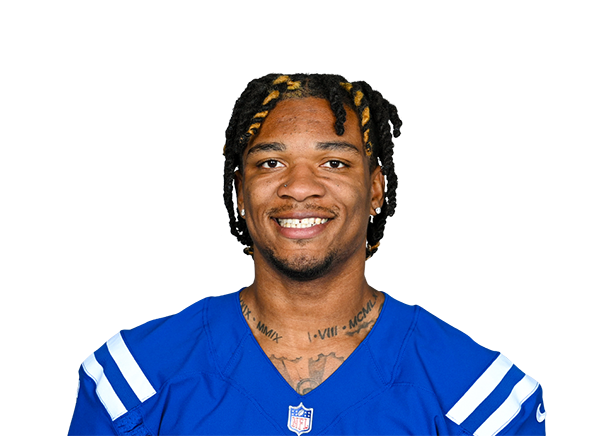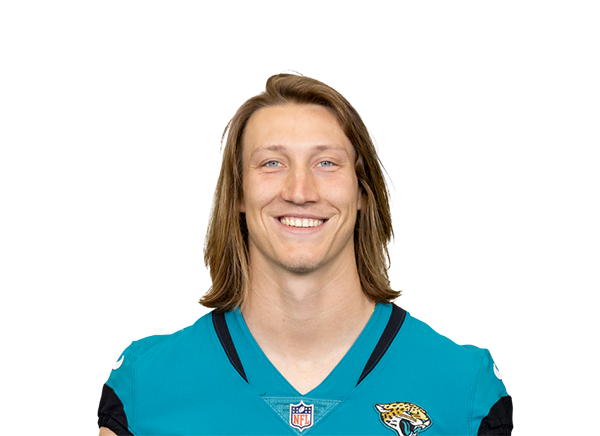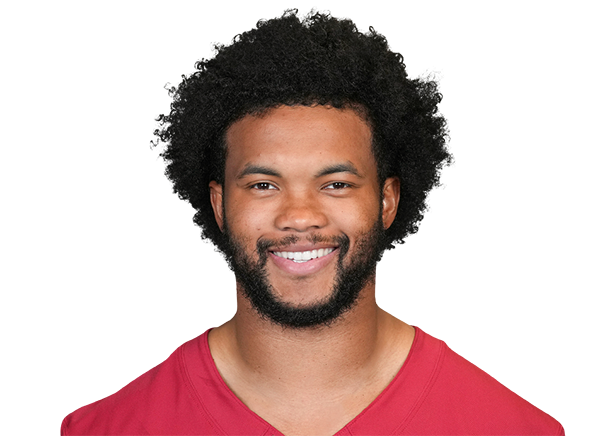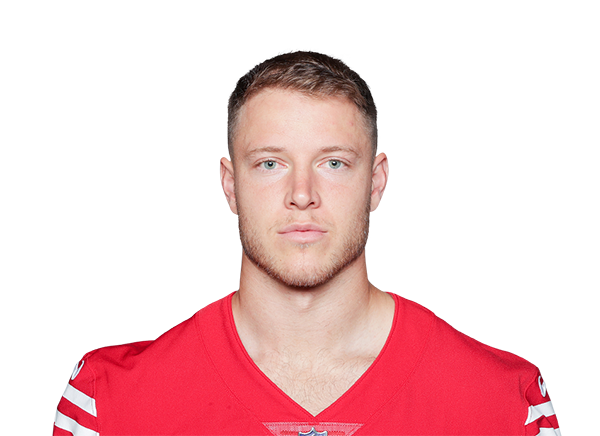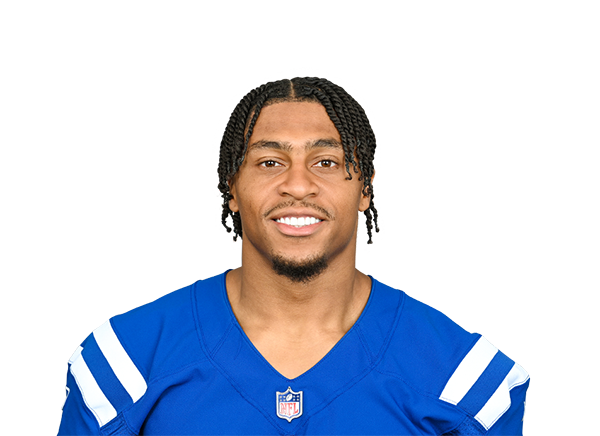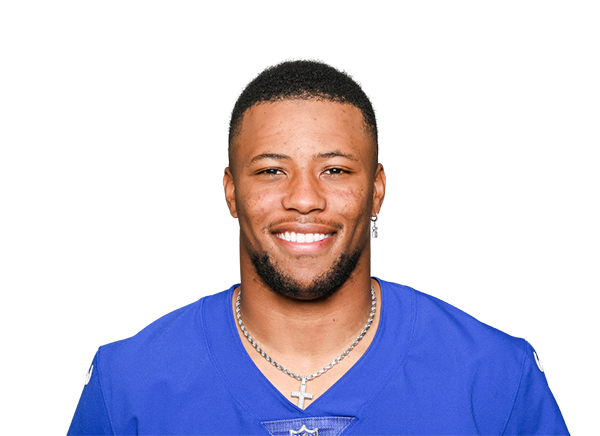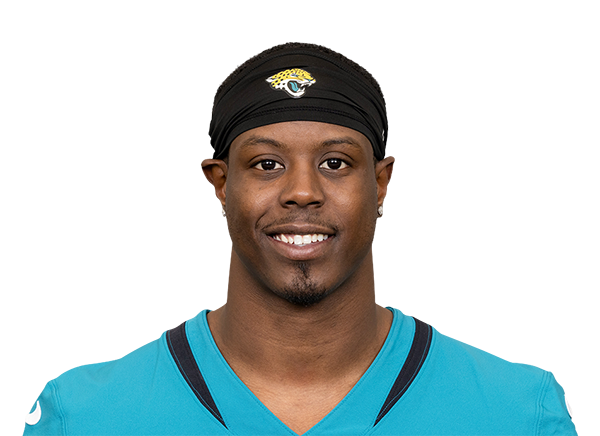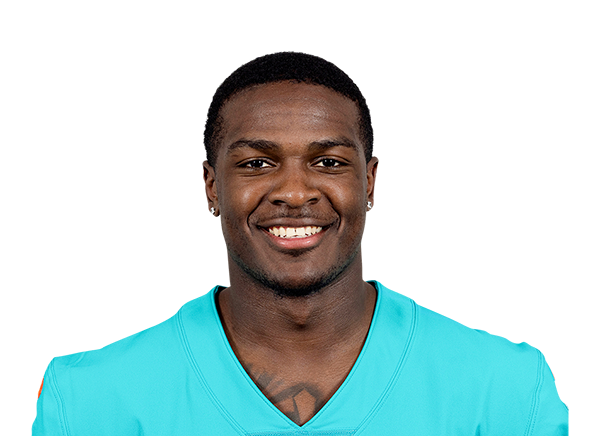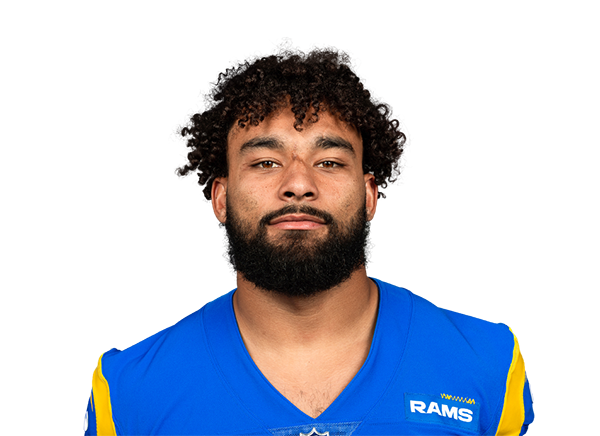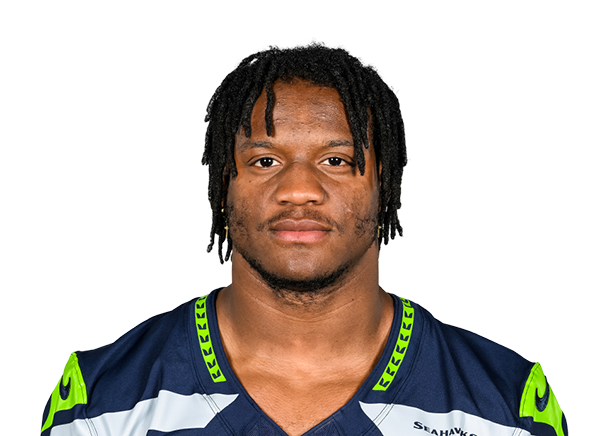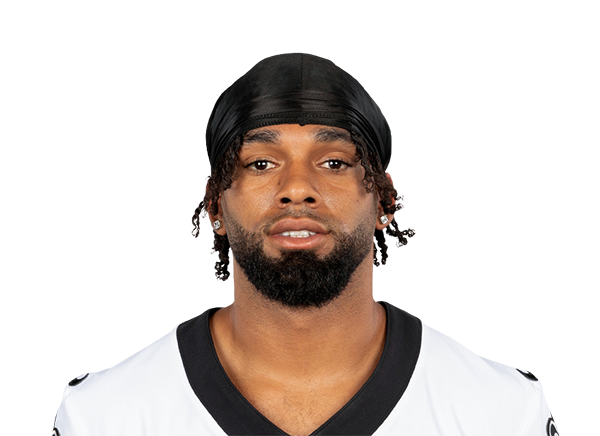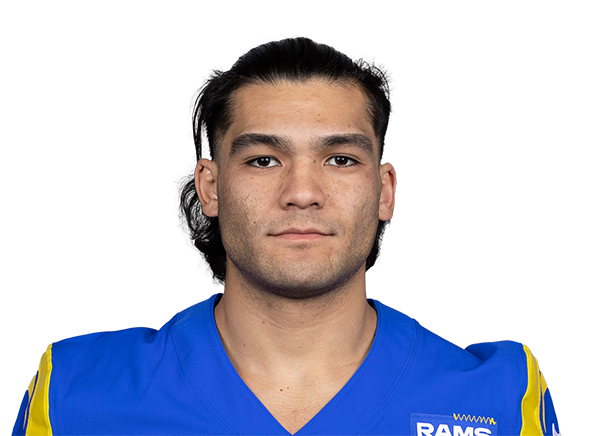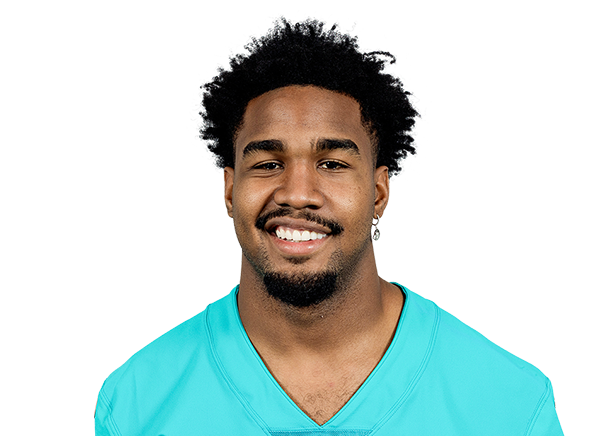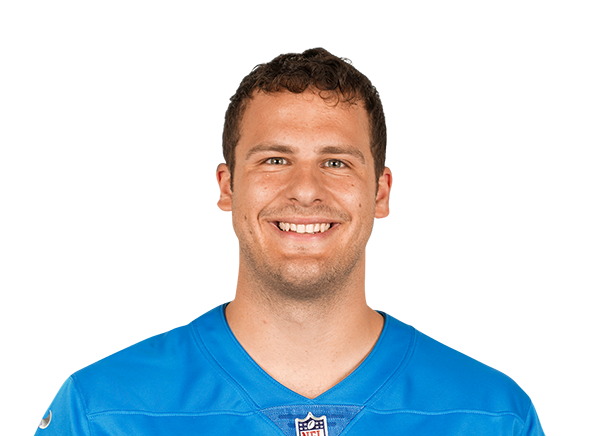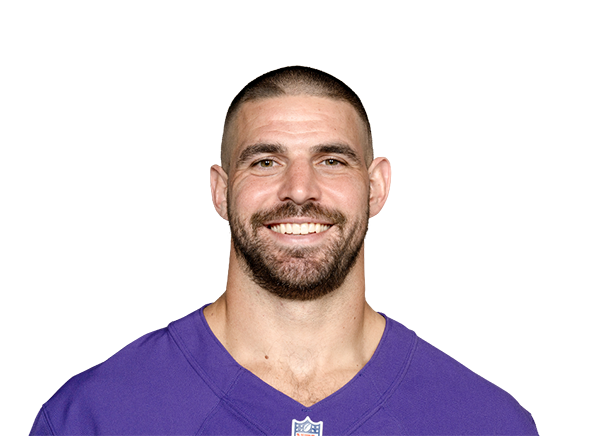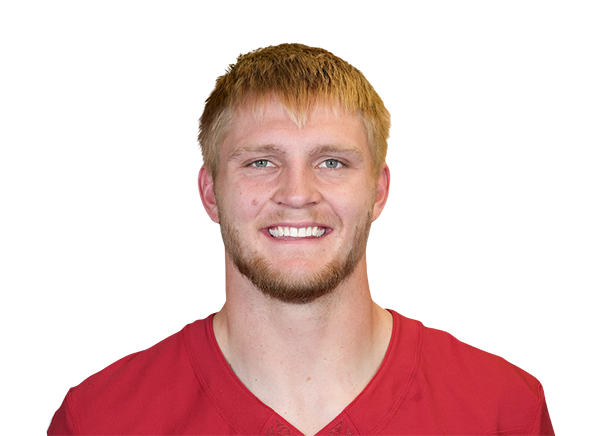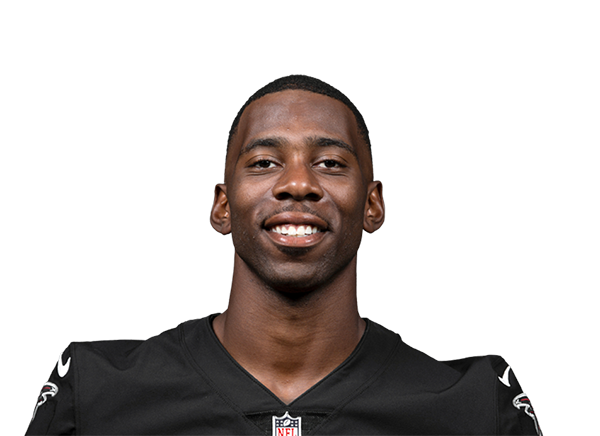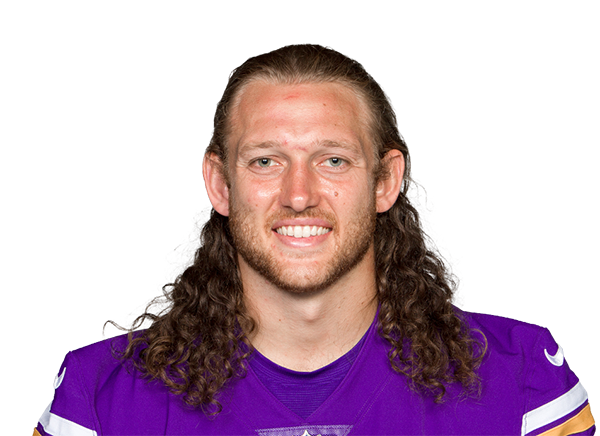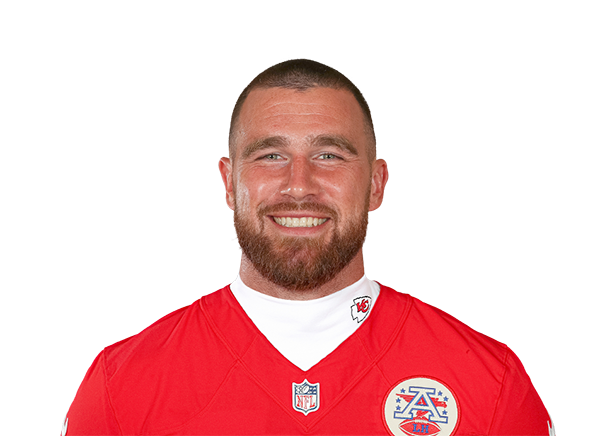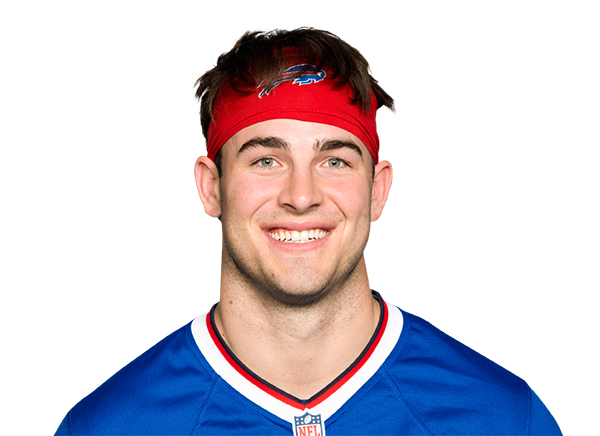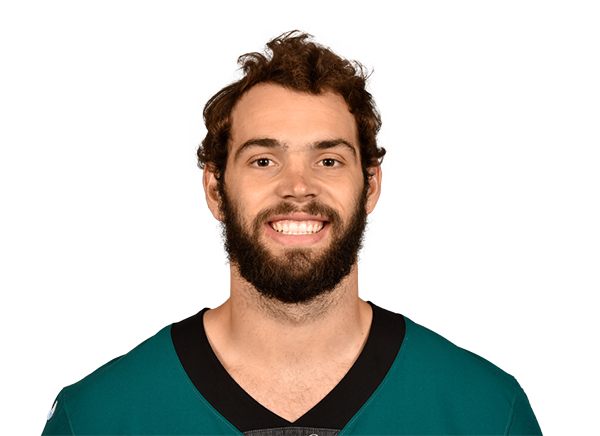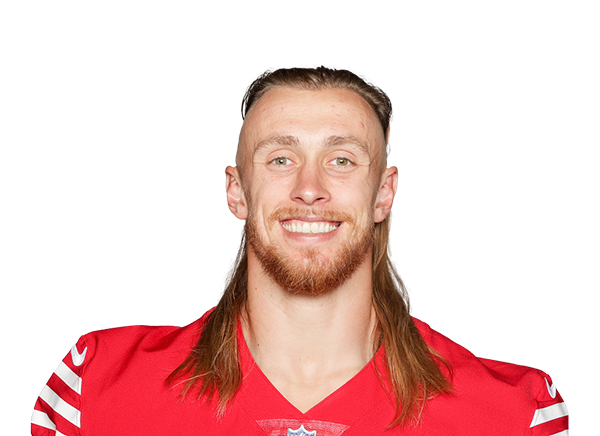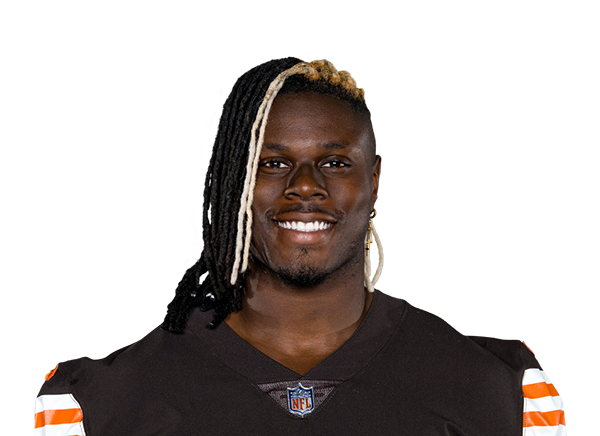Heads Up: The NFL Draft Combine and Reactions
Editor’s Note: This is a Dynasty Scouts exclusive article. Remember, our Dynasty Scouts section focuses on the stars of tomorrow, with a laser focus on High School recruits and College players who look to have the talent to be future assets in dynasty leagues and have value today in devy leagues. Dynasty Scouts articles are found in our Premium Content.
After the college football season ends, there is almost too much time to prepare for April’s NFL draft. Having been evaluating prospects all season (and in many cases for a number of years); scouts, reporters and our very own rankers (especially the guys who are devy heavy) have a great idea of how each player should transition into the pros. Despite this, strange things can happen in the time between now and then. Whether it’s crazy combine performances (Darrius Heyward-Bey), injuries that cause unnecessary concern (Keenan Allen) or “average” pro days (Teddy Bridgewater); there is often a certain level of overanalysis that is potentially damaging for NFL teams and in turn, dynasty owners – this impacts your rookie draft before these players have even landed on a team. We must be aware of it, maintain a focus on identifying the best football players and then work out how much we need to take off-the-field factors and performance into account.
What do I look for at the combine?
[am4show have=’g1;’ guest_error=’sub_message’ user_error=’sub_message’ ]
The main focus at the combine is spotting anomalies and major surprises. For example, does a wide receiver whose game is based on speed and being a deep threat run a slow 40? If that answer is yes, we might have a problem. I don’t believe metrics and athletic measurables should drive rankings and expectations: rather that they should be used alongside what we know and anticipate from players on the field. Running 40 yards in a straight line in shorts tells us how fast you run 40 yards in a straight line in shorts, not how well you run in a game situation. How often does any player run uncontested for 40 yards in a straight line? I am always on the lookout for two types of performers: ‘workout warriors’ whose great athleticism often sees them overhyped (whose price becomes too high) and players who look great in game situations but don’t test well (who become more valuable picks). We want to make sure we draft the best players for our fantasy teams, not just the best athletes.
How much does combine performance (or lack thereof) affect my view of a player?
Here are some examples from last year of things that affected value of players (that ought not to have):
- Carlos Hyde ran a ‘slow’ 4.66 at the combine, but considering he lacked breakaway speed at Ohio State and doesn’t rely on long speed for his success; it didn’t deter me (it was still the subject of part of the debate on Hyde between our Eric Olinger and George Krikitos, so be sure to check that out)
- Jarvis Landry also ran a slow 40 yard dash, but he wins with his toughness, his strong hands and his ability to get open underneath. He provided some great value in rookie drafts in 2014 (I talked about the same thing after selecting Landry at 3.07 in the final DLF Rookie Mock in 2014)
- Bishop Sankey tested extremely well at the combine, with top performances in the three cone drill and 20 yard shuttle, but there was no reason to bump him further up rankings based on these results, as his effectiveness in college came from agility and lateral quickness anyway. Before the combine and the draft, Sankey was seen as a late first/early second round rookie pick, but he shot up into the top five and was as high as #42 in overall dynasty ADP by August.
No combine test directly impacts and affects fantasy production. Check out the wide receivers on NFL.com’s list of ‘Top Performers in Recent Years’ (the best performer in each test):
- Marquise Goodwin (40 yard dash)
- Brooks Foster (Bench Press)
- Kashif Moore (Vert Jump)
- Justin Hunter (Broad Jump)
- Jeff Maehl (3 cone drill)
- Brandin Cooks (20 yard shuttle and 60 yard shuttle)
How many of them rode great combine performances to fantasy production? Being the best at a specific drill doesn’t mean any player can perform on the field, and it definitely doesn’t automatically mean they will score fantasy points.
Who might perform well at the combine? How will affect their stock?
Last year, Brandin Cooks owned the off-season. He was amazing at the combine, had great interviews and stories about his hard work and then he topped it off by landing in New Orleans. All of that meant he moved from 110 in the first 2014 ADP data which included rookies (March) to 34 in August, meaning he had jumped 76 spots without getting on the field. I believe Cooks will eventually justify a high rookie draft pick, but his rise to the consensus 1.03 pick meant other players were overlooked and there were some great value picks at the end of round one. In 2015, there are already some players who I expect to improve their stock dramatically next week and beyond:
- Devin Funchess, who Scott Fish identified as a faller in his latest Rookie ADP Data could bounce back with a strong combine. He is big, strong and fast (we already know this) and may remind people of how good he looks physically. Unfortunately, his athleticism does not yet seem to translate to the field, so make sure his numbers don’t cloud the underwhelming on-field play.
- Sammie Coates is a physical freak and it will be no surprise to me if he comes in looking good, testing well and blowing scouts away with his speed and strength. However, he already shows those two aspects of his game as a great deep threat and physical blocker. Simply reinforcing that shouldn’t mean his stock rises.
- Ty Montgomery (who was highlighted by Russell Clay alongside Coates and Antwan Goodley as potential combine risers) will excel in a number of tests as he has the speed of a kickoff returner and the body of a running back. The hype may build, but be wary of his limited route tree and agility. He is not your typical wide receiver.
- Duke Johnson may run the fastest 40 of the running back group, which could move him from the end of the first round of rookie drafts to the top half. Right now, I love Johnson’s value as a RB1 that you can get on the cheap side, but with a good combine his rise may see other great talents fall. Keep tabs on his ADP change with a strong showing.
- Ameer Abdullah will wow with his agility. I am a huge fan of his game (I am the highest ranker of him in the DLF rookie rankings) but similarly to Johnson, loving the value right now doesn’t necessarily mean I will still love it over the next month or so.
Who might underwhelm at the combine and become a value pick?
- Kevin White’s height has been a talking point over the past few weeks. The height argument (and bias) is still one of the most baffling things I see everywhere I turn. As Karl Safchick pointed out, the idea that detesters of Odell Beckham in Eric Hardter’s piece on the superstar still used his height as a reason he won’t continue his success is maddening. It seems that if White comes in at 6’1” rather than 6’3”, he will no longer be able to get open and catch the ball. If he drops out of the top five in your league, he will be a steal.
- Slimmer or smaller receivers such as Rashad Greene and Justin Hardy may be overlooked because they don’t have typical WR1 body types. While I don’t think either of them will put up WR1 fantasy numbers consistently, they can give you value and production from late picks and they may be even later picks after the combine.
- Running backs who are more powerful than fast and rely on shorts bursts rather than breakaway speed (such as Jay Ajayi) can be subject to unfair scrutiny. He is already a great value pick based on current rookie ADP, but he may be even more of one if other running backs leave him behind in the 40 yard dash.
- While I remain firmly in the stance that Todd Gurley is the number one rookie draft pick, if he attempts to perform at the combine and isn’t healthy enough yet to perform at a high level, he could start to fall out of the top two more regularly. Any chance to capitalize on this must be taken. Our Scott Peak the Dynasty Doctor has the full scoop on Gurley’s injury here.
Watch the combine and pay attention to the results (DLF will be loaded with these), but also be sure to pay attention to how much those results affect rookie ADP. Identify those unjustified risers or fallers and you could stumble upon great talents at big discounts.
How much do you take combine performance into account when evaluating a player? Hit me up @JS_Football
[/am4show]
- 2022 Rookie Class: An Early Look at Kenny Pickett, QB Pittsburgh - January 31, 2022
- Dynasty Fantasy Football Rookie Update: Quez Watkins, WR PHI - July 15, 2020
- Dynasty Fantasy Football Rookie Update: John Hightower, WR PHI - July 7, 2020





